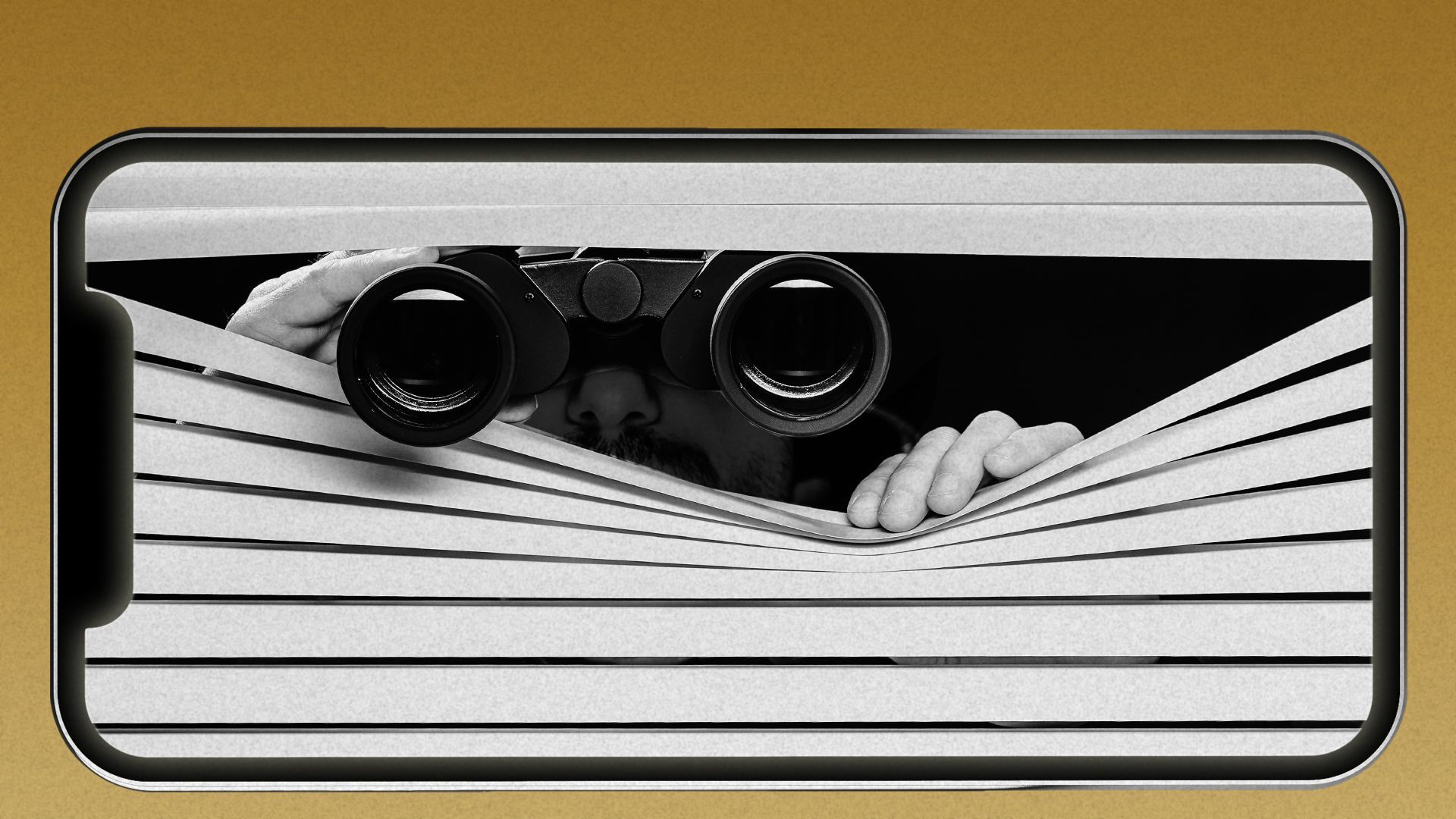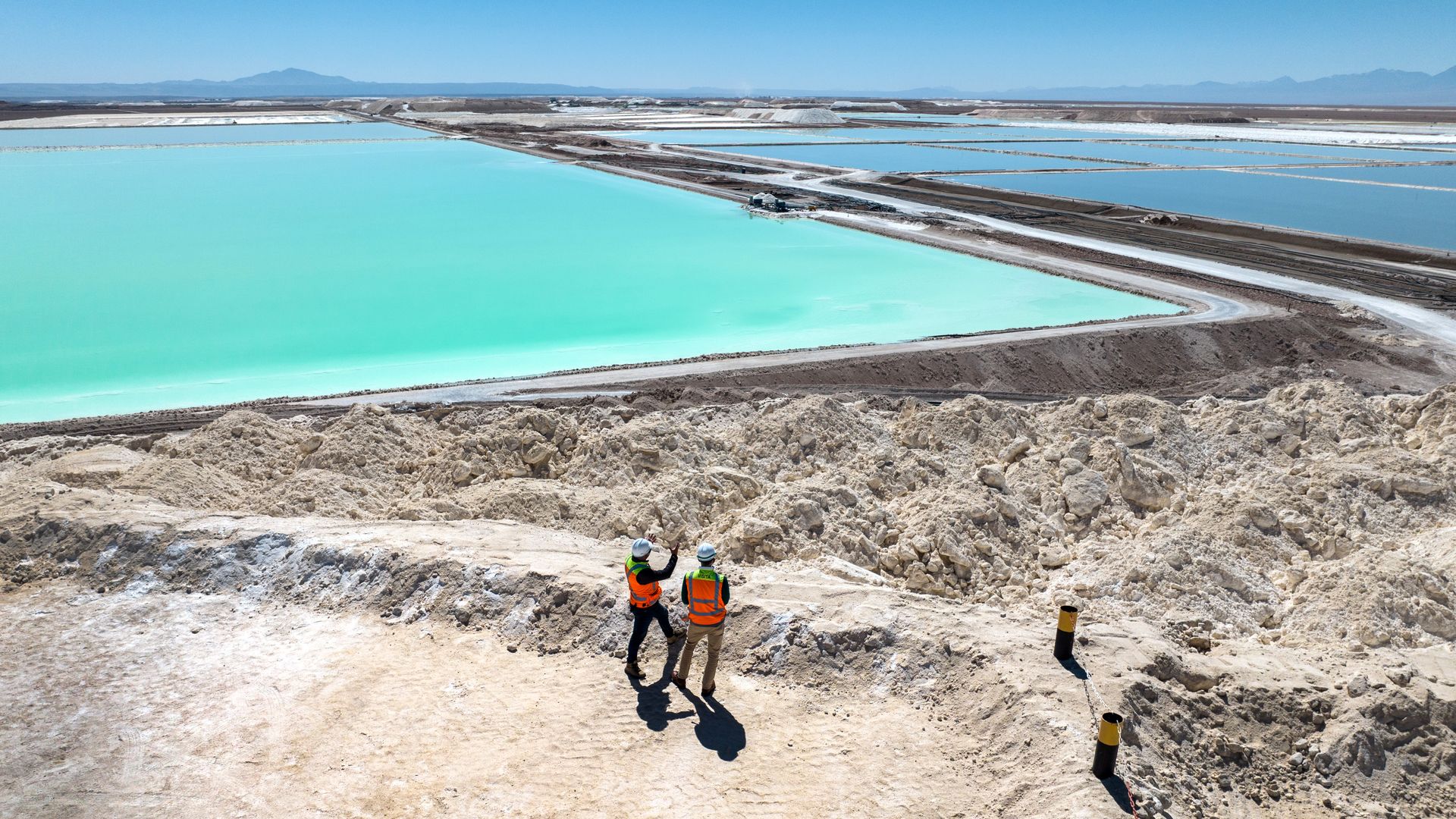| The landmines that plague Ukraine following six months of drawn-out fighting have a new enemy as minesweeping teams get a boost from high-tech drones, Alex Fitzpatrick reports. The big picture: As much as 62,000 square miles of Ukrainian land could be "contaminated" by mines, per Kyiv's most recent estimate. Removing all those explosives-in-waiting will take years, if not decades. Why it matters: Landmines are indiscriminate, killing both soldiers and civilians, and pose a threat even well after a conflict ends. - Mines killed or injured at least 7,073 people around the world in 2020, per the Landmine and Cluster Munition Monitor. Civilians made up 80% of those casualties, and among that group, at least half were children.
- Drones, robots and similar tech can help reduce the inherent danger of locating buried mines.
Driving the news: Canadian drone-maker Draganfly is supplying demining groups in Ukraine with a handful of UAVs (unmanned aerial vehicles) decked out with a suite of sensors designed to map areas with suspected mines. - Those sensors can include magnetometers, several different kinds of cameras, radar and more, says Draganfly CEO Cameron Chell.
- Draganfly expects to have nearly two dozen mine-spotting drones flying in Ukraine by year's end.
Each kind of sensor has strengths and weaknesses. - Magnetometers, for instance, aren't useful for detecting mines largely made of plastic (as many are). But combining data from each sensor can help suss out mines from other buried "clutter," as mine hunters call harmless detritus.
- Machine learning is helping to automate the process, with minesweeping software getting better at distinguishing between mines and clutter over time.
Yes, but: The drones can't dig up mines themselves. They're basically spotters, pointing out potential areas of interest for human investigators. - Demining is still grueling work, and drones won't make a major difference until and unless the approach can be scaled — which will take time and money.
What they're saying: "The standard now for demining is largely just using chopsticks with little prodders to poke in the ground," says Fronefield Crawford III, a Franklin & Marshall College professor who's part of a group working on mine detection using land-based robots. "So using technology really is overdue for this kind of project." What analysts initially believed would be a days-long battle in Ukraine quickly become a war of attrition, and the longer the fighting continues, the nastier the landmine problem will get. - The United States, meanwhile, has committed $89 million to anti-landmine efforts in Ukraine.
What's next: The lessons Draganfly and demining groups learn about drone-based minesweeping in Ukraine could be replicated in other heavily mined countries, like Afghanistan. Share this story. | 













No comments:
Post a Comment